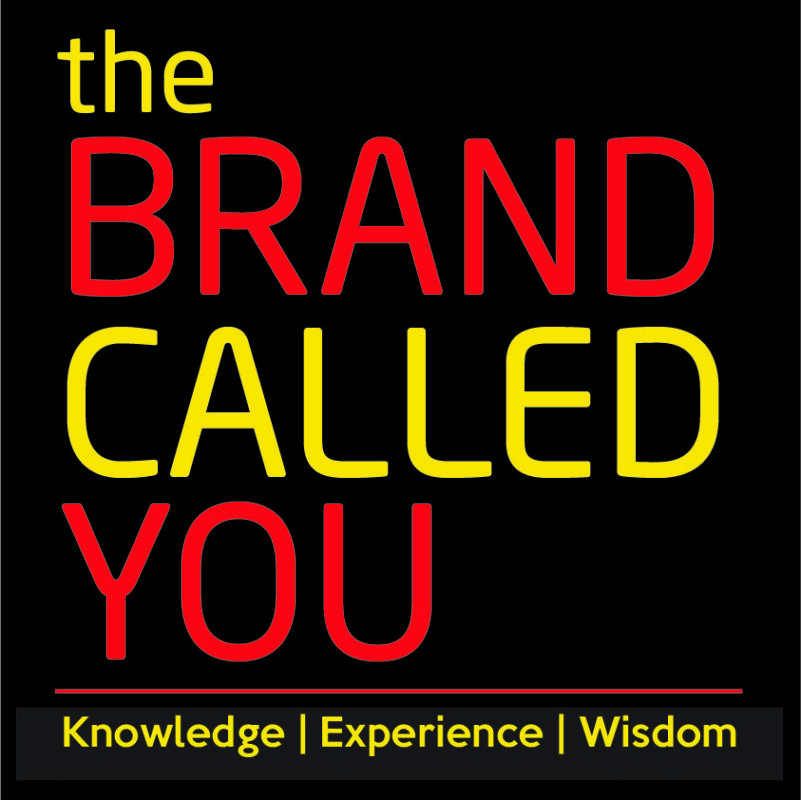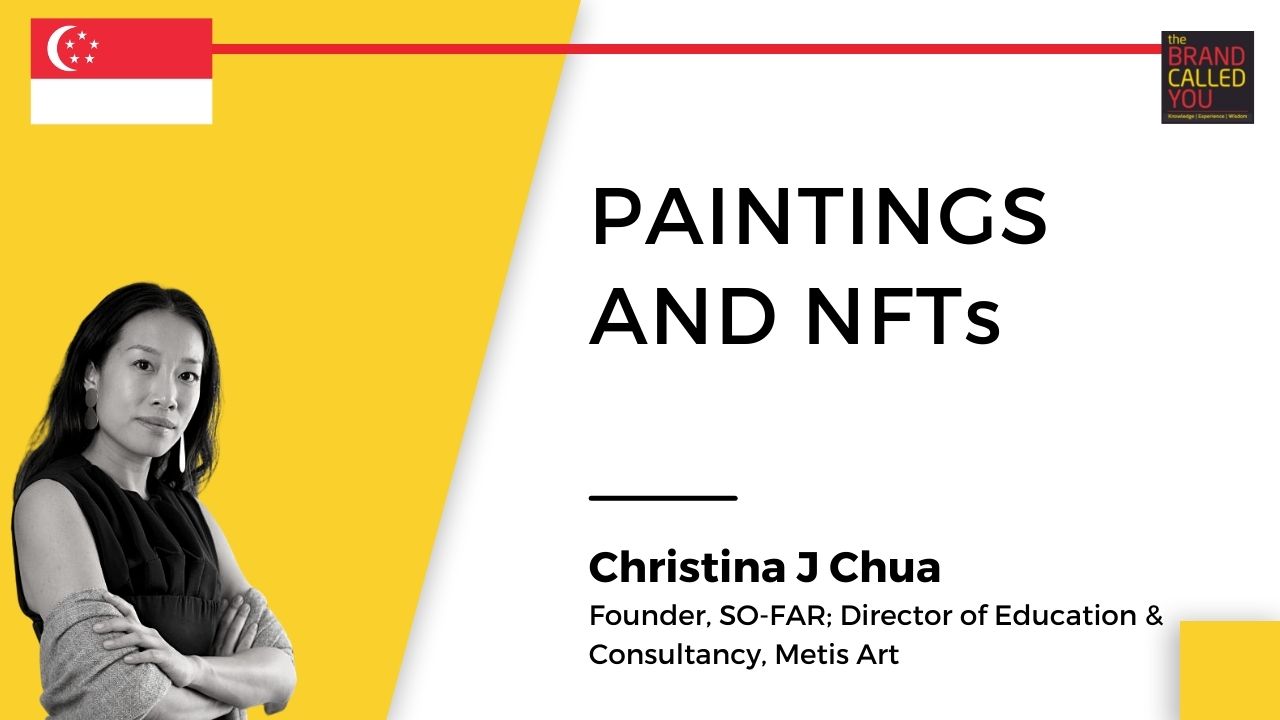Christina J Chua, Founder, SO FAR; Director of Education & Consultancy, Metis Art
- Christina is the Founder of SO-FAR.
- She’s also the Director of Education and Consultancy of Metis Art.
Podcast
Overview
Christina is the founder of SOFAR. She’s also the Director of Education and Consultancy of Metis art. Metis arts is a traditional art consultancy and education group that operates in the world of fine art. It provides educational courses that are both foundational, as well as advanced, and topical to educate people on how to begin and grow an art collection. Here she talks about art and its ownership. She also talks about how people should begin their art collection journey and things to keep in mind.
00:33-What is Metis?
- Metis arts is a traditional art consultancy and education group that operates in the world of fine art.
- It provides educational courses that are both foundational, as well as advanced, and topical to educate people on how to begin and grow an art collection.
- 50% of the fees are donated to respective arts non-profits to inculcate a habit of giving back and as a notion of art patronage.
02:16- What got you interested in the subject of art?
- I grew up with art around. My sister used to take me to art museums. She studied art and I followed in her footsteps.
- I owe a lot of my career to my art teachers so, art education is very close to my heart, and why I chose to bring it to the center of my own business model.
- There’s a deeper journey into the world of art, into what artists can teach us about ourselves, our lives and the lives of others, and the history, that is far more interesting,
04:07- What should motivate an art collector to buy?
- A slim percentage of the buyers do it just for financial purposes.
- Most of the buyers, including retail investors, want to buy in order to get into collecting, which starts with a love for art.
06:13- What drives the value of art?
- Art history determines the value of art. It is extremely subjective and written by art historians, and curators, in a sense, gatekeepers to art.
- There is an unspoken consensus between art museums around the world, and institutions that are determined by a certain cultural zeitgeist.
- Many countries below the equator are asserting their own art histories amongst the canon of the west right now. And that’s a cultural zeitgeist.
09:17- How art from South East Asia is being accepted globally?
- The local collectors in Korea have, for decades, built private, corporate, and public collections of Korean art and artifacts. So Korean artifacts are sitting alongside the finest international artworks.
- The international collectors are starting to get interested in Asia because they see the bridges being built, they see the resonances in those historical east-west relation.
12:11- How do people figure out what to buy?
- One has to be aware of fakes and copies at any level. So, the knowledge of provenance and authenticity comes in handy.
- There are specialists around the world who advise on a specific genre, or even down to the specific artists.
- It is also important to know who owned the piece before, and what was the trail that led that artwork to you.
14:46- How does one start to get some kind of ownership of art?
- A lot of millennials now purchase art directly via Instagram through creators and artists that they just discover. This culture actually led us to NFTs.
- The notion of collecting objects, and filling your home with designer objects or art objects might not be a priority for this new digital nomadic generation.
20:07- How do NFTs work?
- NFTs can be on or off the blockchain. People can also mint tokens that may represent fractional ownership of a single piece of art.
- NFTs can solve the problem of provenance. To prove the authenticity of an artwork can be really difficult if the authentication certificate gets lost or destroyed.
- NFTs can also enable royalties to be distributed ad infinitum. On the primary market, artists get a 40-50% cut of the sale. But once the artwork is resold, the artist will not get any share of the proceeds.
21:26 – Few lessons that viewers can take away from your learnings?
- I believe that art is always about others. It’s a method of learning about other people. It’s a wonderful way to enhance and develop empathy for other stories.
- Investing in art to learn about others can be an enriching experience. You not only bring beauty to your home, but also learn about another culture and person.
RESOURCES:
You can connect with Christina J Chua- LinkedIn
Enjoy this podcast?
If you learned new insights about Finance, subscribe and share it with friends!
Love to give us 5 stars? ⭐⭐⭐⭐⭐ If you do, we’d love a review from you. Help us reach more people to keep them in the know as we talk to leaders, high achievers, and thought leaders from diverse backgrounds and nationalities. Excellence can come from anywhere; stay in the know, and hear from emerging high achievers and gurus.
Stay updated with what’s shaping the world today through the latest The Brand Called You Podcast episode. Follow us on iTunes, Spotify, and Anchor.fm.
Don’t forget to follow and message us on these platforms!
Website: https://tbcy.in/
Facebook: https://www.facebook.com/followtbcy
LinkedIn: https://www.linkedin.com/company/tbcy/
Twitter: https://twitter.com/followtbcy
YouTube: https://www.youtube.com/c/followtbcy
Thanks for listening!
Profile
- Christina is the Founder of SO-FAR
- She’s also the Director of Education and Consultancy of Metis Art.
- She teaches and lectures on different topics that would be relevant to art collectors everywhere.


